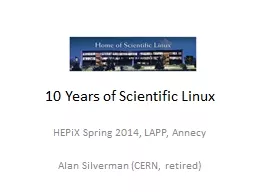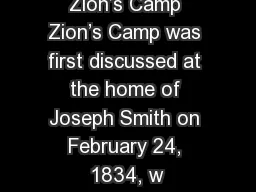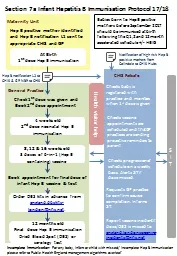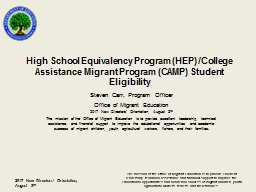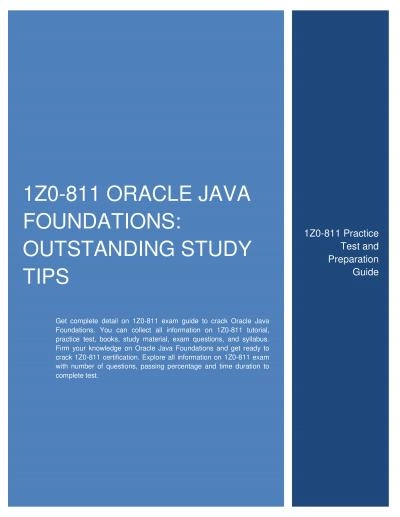PPT-Foundations – Eligibility for HEP and CAMP Programs
Author : ani | Published Date : 2023-06-26
Dylan HartMedina Office of Migrant Education HEP and CAMP Team Lead DylanHartMedinaedgov Objectives for session To review the statutory and regulatory requirements
Presentation Embed Code
Download Presentation
Download Presentation The PPT/PDF document "Foundations – Eligibility for HEP and ..." is the property of its rightful owner. Permission is granted to download and print the materials on this website for personal, non-commercial use only, and to display it on your personal computer provided you do not modify the materials and that you retain all copyright notices contained in the materials. By downloading content from our website, you accept the terms of this agreement.
Foundations – Eligibility for HEP and CAMP Programs: Transcript
Download Rules Of Document
"Foundations – Eligibility for HEP and CAMP Programs"The content belongs to its owner. You may download and print it for personal use, without modification, and keep all copyright notices. By downloading, you agree to these terms.
Related Documents




